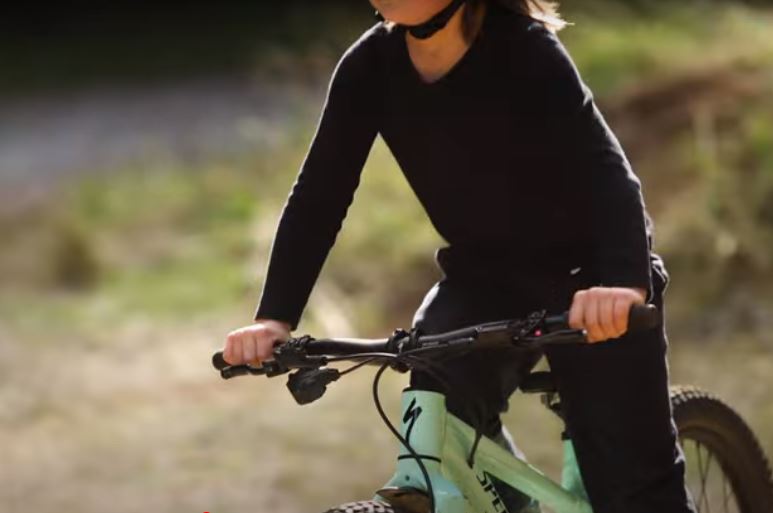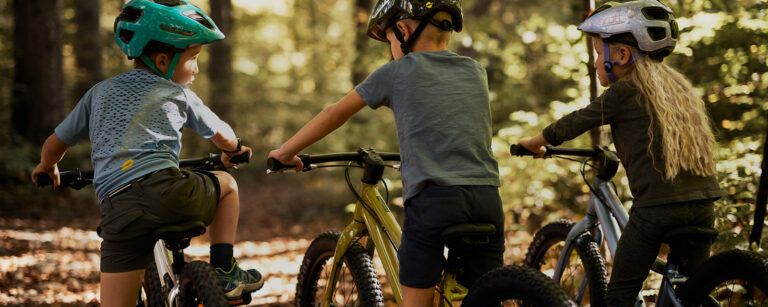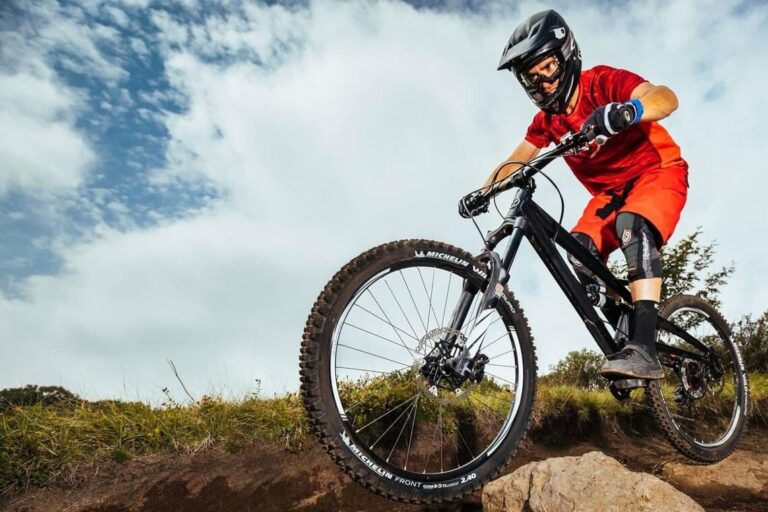The Importance of Helmet Fit and Safety for Kids

Key Point Summary of The Importance of Helmet Fit and Safety for Kids:
- Helmet Safety Standards: Choose helmets that meet established safety standards to ensure maximum protection.
- Proper Fit is Crucial: A correctly fitting helmet significantly enhances safety, reducing the risk of injury in an accident.
- Adjustment Features: Look for helmets with adjustable sizing systems for a snug, secure fit as your child grows.
- Regular Checks and Replacement: Regularly inspect helmets for damage and replace them if necessary, especially after an impact.
Ensuring the safety of our young cyclists is paramount, and one of the most crucial aspects of this is selecting and properly fitting a helmet. As a seasoned cyclist with years of experience across various disciplines, I’ve witnessed firsthand the evolution of helmet technology and the increasing emphasis on safety and proper fit, especially for kids. The right helmet can make all the difference in preventing injuries, and understanding how to choose and fit a helmet correctly is vital for every parent and young rider. This article aims to highlight the importance of helmet fit and safety for kids, drawing from a breadth of cycling experience.
The Non-Negotiable Importance of Helmet Safety
Helmet safety isn’t just another box to tick in the cycling preparation checklist; it’s a non-negotiable element of ensuring the well-being of young riders. A helmet acts as the first line of defense in protecting the brain and skull during falls or collisions, which are not uncommon in cycling adventures. As such, selecting a helmet that meets established safety standards is paramount. Organizations like the Consumer Product Safety Commission (CPSC) in the United States set these standards to ensure helmets offer sufficient protection.
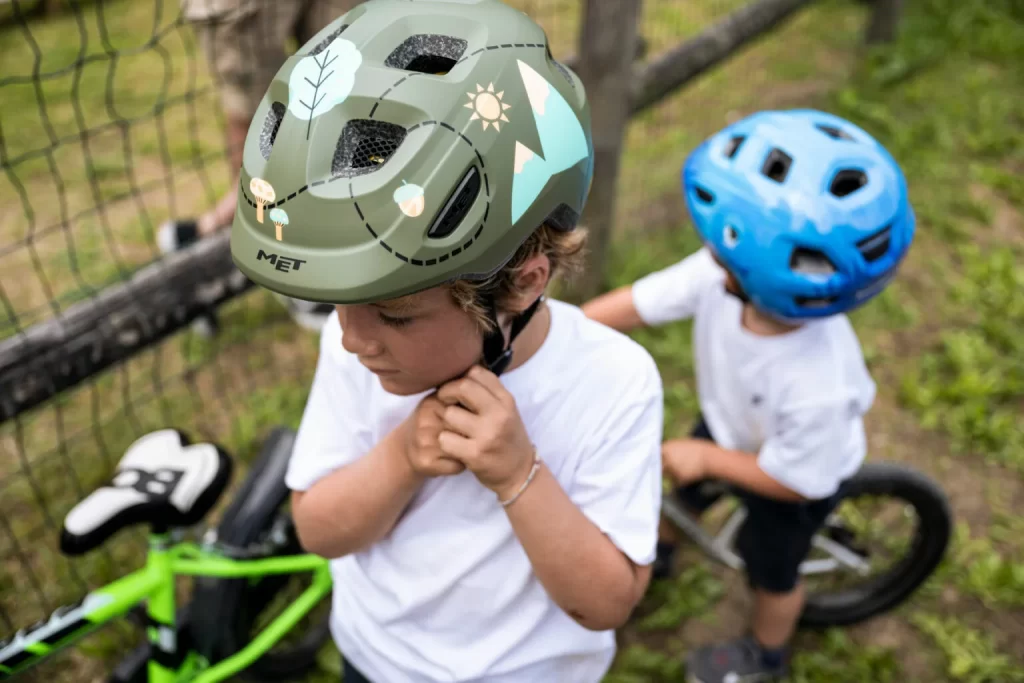
Finding the Perfect Fit
The effectiveness of a helmet in providing protection is largely dependent on its fit. A helmet that’s too loose can easily come off during a fall, while one that’s too tight can be uncomfortable, potentially discouraging its use. Proper helmet fitting involves several steps: ensuring the helmet sits level on the head, adjusting the straps to form a snug “V” around the ears, and securing the chin strap so that it’s tight enough to allow only a couple of fingers between the strap and the chin. It’s important to choose a helmet with adjustable sizing features, such as a dial fit system, to accommodate the growth of your child and ensure a consistently secure fit.
Regular Checks and the Importance of Replacement
Helmets, much like any safety gear, require regular inspection for signs of wear and tear. It’s crucial to check for cracks, strap integrity, and cushioning condition. Additionally, helmets should be replaced immediately if they’ve been involved in an accident, even if there’s no visible damage, as their capacity to absorb impact may be compromised.
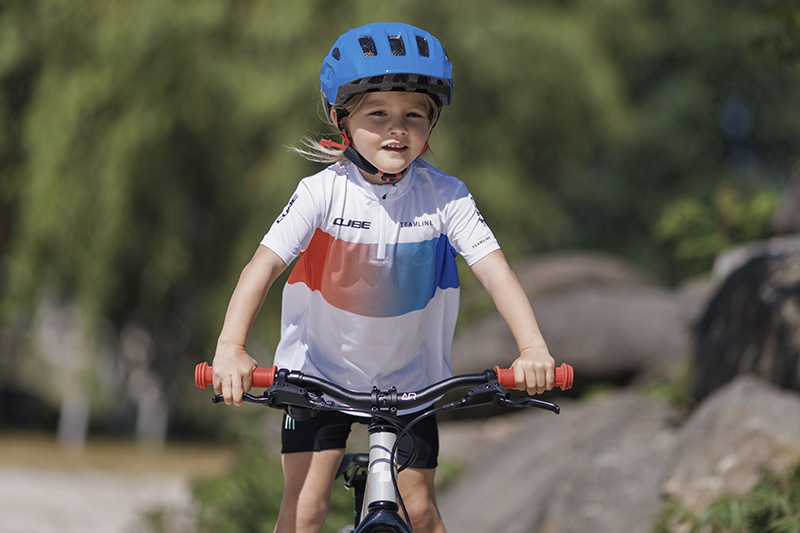
Encouraging Helmet Use Through Example
One of the most effective ways to ensure kids wear their helmets consistently is by setting a positive example. Wearing a helmet every time you ride instills a habit and normalizes helmet use as a non-negotiable aspect of cycling. Discussing the reasons behind wearing a helmet can also help children understand its importance, making them more likely to wear it without prompting.
The Importance of Helmet Fit and Safety for Kids: Conclusion
The importance of helmet fit and safety for kids cannot be overstated. As guardians of their well-being, it’s our responsibility to ensure that young riders are equipped with the right protective gear, starting with a properly fitting helmet. By selecting helmets that meet safety standards, ensuring a proper fit, conducting regular checks, and leading by example, we can significantly reduce the risk of injury and foster a safe and enjoyable cycling culture among the next generation of riders. A helmet is more than just a piece of equipment; it’s an essential safeguard for our most precious riders, ensuring they can explore the joy of cycling with confidence and protection.
One notable model that has been well-received in the past for its balance of safety, comfort, and kid-friendly design is the Giro Scamp. The Giro Scamp is designed specifically with young riders in mind, featuring a range of safety and comfort features. It incorporates the Roc Loc Jr. fit system, which allows for easy size adjustments to ensure a snug and secure fit as your child grows. The helmet is constructed with in-mold technology, which fuses the outer shell with the impact-absorbing EPS liner for increased durability and protection. Ventilation is provided through eight vents, ensuring that your child stays cool on warmer rides.

Additionally, the Scamp includes a built-in visor for added protection against the sun and debris. With its range of fun colors and designs, the Giro Scamp makes safety appealing to kids, encouraging them to wear their helmets consistently. This model exemplifies the essential features of a good kids’ helmet, combining safety standards compliance, adjustable fit, and child-friendly aesthetics.

FAQ
Why are helmets important for children?
Helmets are important for children because they significantly reduce the risk of head injuries, which can be severe or life-threatening, especially in young, developing brains, during cycling accidents or falls.
Why is it important to fit a helmet?
Fitting a helmet properly is crucial because a well-fitted helmet ensures maximum protection by staying securely in place during an impact, thereby effectively reducing the risk of injury.
Why is helmet safety important?
Helmet safety is important because it directly contributes to reducing the severity of head and brain injuries during accidents, making cycling and other activities safer and saving lives.
Why must the helmet be correctly fitted and fastened?
The helmet must be correctly fitted and fastened to ensure it remains in the correct position on the head during a crash or fall, providing optimal protection against impacts and preventing it from coming off or moving, which could expose the head to injury.
Safe and happy riding to you and your young cyclist!
John
